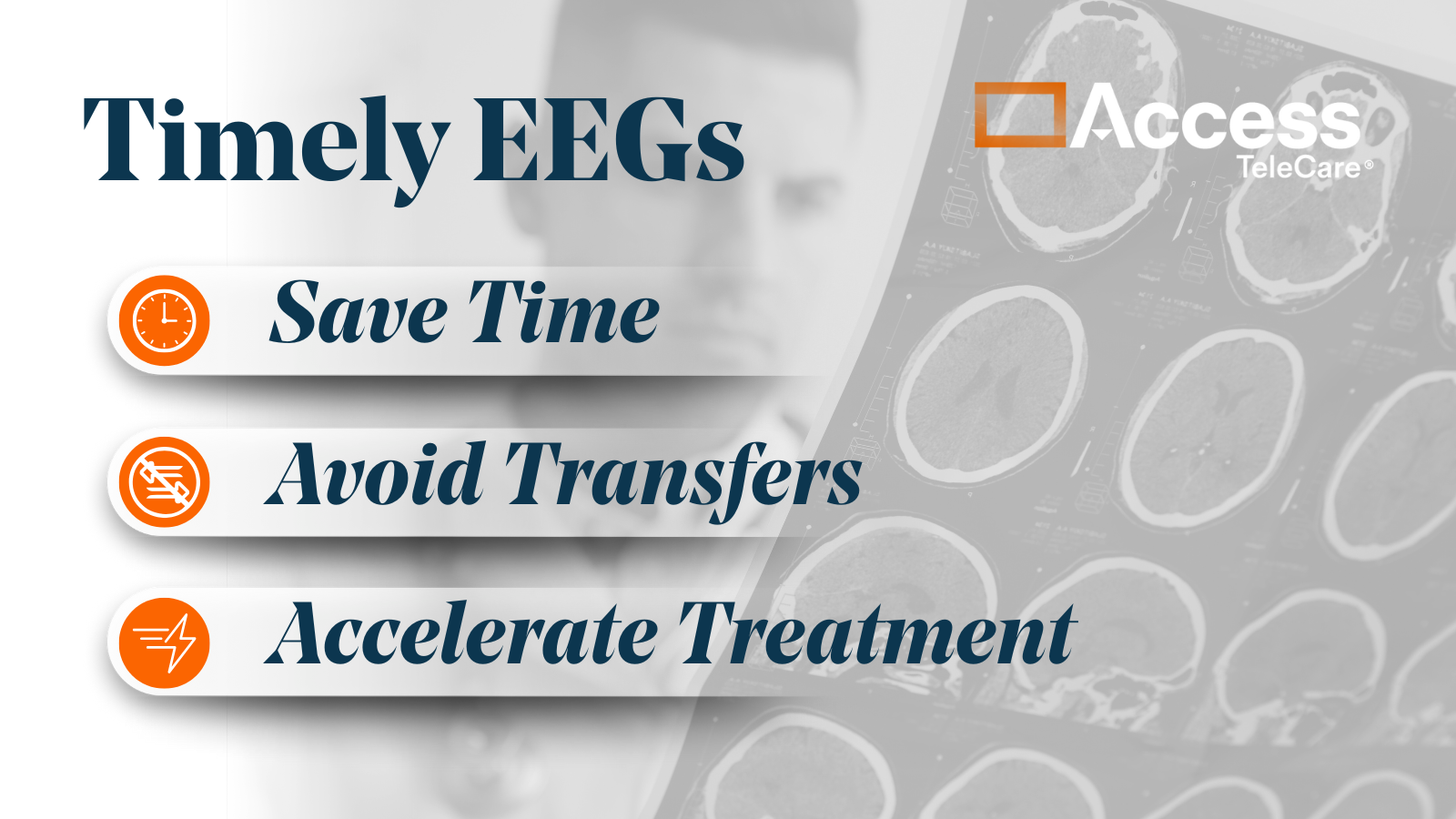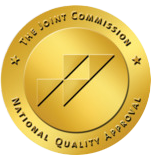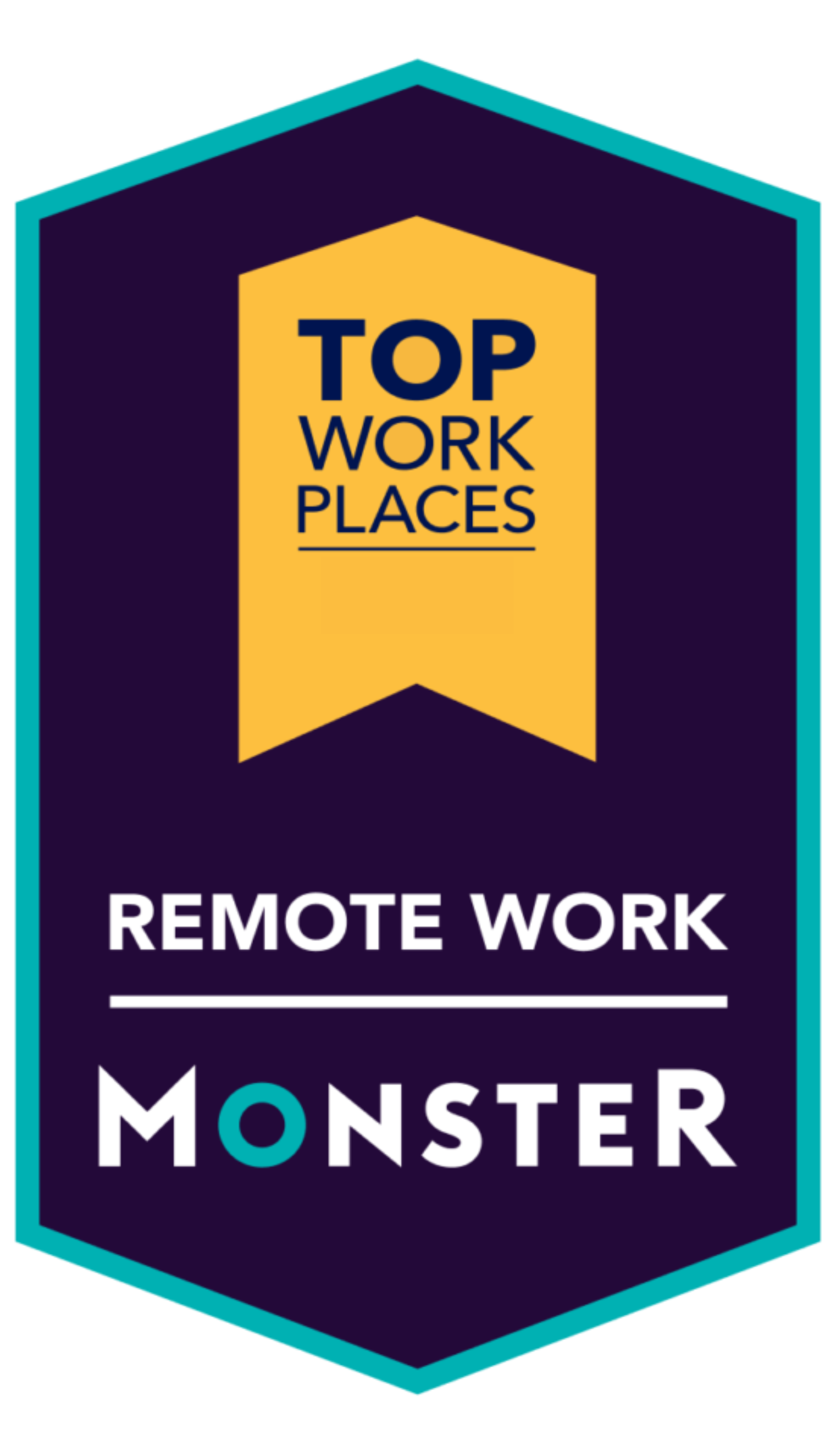Everywhere you turn in healthcare today, someone is talking about artificial intelligence. AI is analyzing CT scans, surfacing sepsis risks, triaging ED patients, and reshaping how hospitals think about workflow. Its promise is efficiency. Its allure is speed.
And yet, when seconds matter most — when lives hang in the balance in a stroke code or a seizure evaluation — there is no adequate substitute for a trained neurologist.
Fast Isn’t Always Fast Enough
For patients with acute neurologic symptoms, speed is everything. For every minute a large vessel stroke goes untreated, 1.9 million neurons die. Every delay adds risk of disability, or death. Seizures left unchecked can escalate to status epilepticus. Changes in mental status can signal trauma, infection, or something more subtle — but serious.
AI can process data quickly… much more quickly than a human can. It can flag images for review. But the ultimate decision about patient care — what treatment to recommend, when to transfer, whether to intervene — still rests with human expertise. And too often, because of the shortages of neurologists nationwide, hospitals don’t have that expertise available when it’s needed most.
“There’s a huge difference between recognizing that an image is abnormal and knowing what to do next for a real human,” said Dr. Annie Tsui, chief medical officer, neurology. “AI may be able to flag a stroke on a scan, but it can’t explain the prognosis to the patient’s spouse or weigh the risks of tissue plasminogen activator in a patient with borderline contraindications. That’s where clinical judgement and experience matter most.”
Breaking Through the Screen™️
At Access TeleCare, our neurologists are trained in a philosophy we call “Breaking Through the Screen™️.” It’s the human art of building rapport, trust, and connection in a virtual environment — because patients don’t just need expertise, they need presence, active listening, and empathy. Learn more about Breaking Through the Screen™️ here.
The Many Uses of AI in Neurology
AI already plays multiple roles in neurology: diagnostic imaging support, workflow triage, and data-driven research.
“From supporting stroke detection on CT scans, to improving documentation, to matching patients with the right provider, AI is steadily advancing how we practice,” said Scott J. Mendelson, PhD, M.D., vice chief of neurology at Access TeleCare. “It’s a powerful tool, but one that must be applied carefully — always as support of clinical judgment, never as a substitute.”
Dr. Mendelson recently authored a deeper write-up on this topic. Read it here.
Exploring AI Responsibly
At Access TeleCare, we are actively exploring how to leverage AI responsibly to help us treat patients better and faster. We use patient-provider matching (auto-routing) to route consult requests to the right neurologist quickly, reducing time-to-care in urgent cases.
There are explorations in progress — not live features in our clinical care today — and we are deliberate in approaching them with optimism but also with guardrails.
Potential applications under exploration include:
- Ambient listening for documentation: AI-assisted note-taking to free up clinicians’ time while improving accuracy and coding.
- Revenue cycle coding checks: AI review for coding accuracy, supporting compliant documentation and reimbursement.
AI Is a Tool. It’s Not the Provider.
At Access TeleCare, we’ve built a 24/7, immediate access teleNeurology program that brings board-certified neurologists to the bedside, whether in emergency rooms, medical/surgical units, or ICUs — virtually but fully integrated into local care teams. Our integrated teleNeurologists offer rapid response care that actually fits the clinical moment.
This is where technology shows its value — not as a replacement for clinical decision-making, but as a tool to close gaps in access, improve care coordination, and ensure patients receive the right diagnosis and treatment, the first time.
Access TeleCare welcomes innovation. As a company rooted in technology, we know how fast the future moves. Since our founding, we have been a technology-enabled specialty medicine group. But we also know what doesn’t change: patients need connection. They need the experience of a human who can weigh context, catch nuance, communicate with family, and collaborate with colleagues.
“There’s no substitute for the human side of neurology,” added Tsui. “When I’m called in for a case of altered mental status or a suspected stroke, I’m not just reading numbers or images. I’m assessing how the patient is speaking, how they’re tracking visually, how they respond emotionally to what’s happening. That kind of holistic interpretation is something AI just can’t do, and I don’t think it ever will. What it can do, and what it does well, is support us in our jobs more efficiently, so we can focus on the patient instead of the paperwork.”
What AI can do is support healthcare providers — augmenting how they triage cases, helping with early detection in diagnostics, even automating parts of documentation to give physicians and nurses back more of their incredibly valuable time. Used well, AI can be a latent force multiplier: helping providers act faster, decide smarter, and focus on what only they can do — treat the patient.
Where Innovation Meets Intention
At Access TeleCare, we’re not just watching where the industry goes — we’re shaping it. Our care model already blends real-time specialty access with integrated technology. We’re expanding care capacity while improving patient experience. That’s where virtual neurology is headed — and AI, when used well, will help get us there faster.
But let’s be clear: AI won’t lead care forward. People will.









